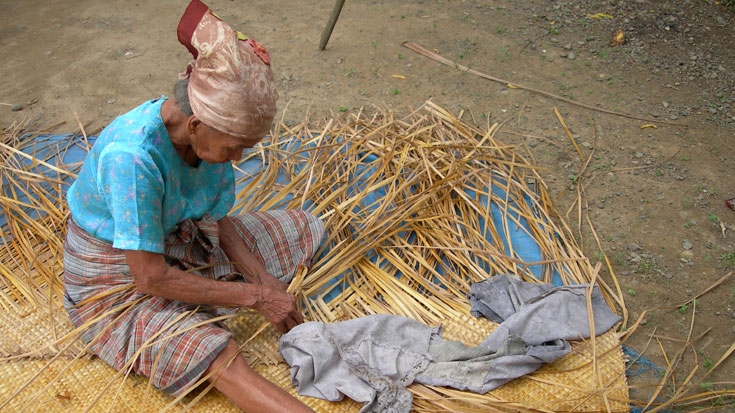Overview
With the Second Urban Poverty Program (UPP2) in Indonesia, the World Bank and the government took a successful pilot project in urban poverty reduction and provided it with the resources to take its approach nationwide. The first Urban Poverty Program saw urban poor communities in a few select areas decide what they needed most, and then made these changes happen themselves. Under UPP2, this model of development has now spread across 7,300 kelurahans (urban wards) in all 33 Indonesian provinces. Among other things, communities under this program are now getting treatment in new health clinics, sending their children to renovated schools, driving on smoother roads, using cleaner water, and buying their goods from various new small businesses. This broader phase of the program has also helped better connect the communities and their local governments, making local development a collaborative and transparent effort.
Challenge
For tens of thousands of Indonesia’s urban poor, their situation went from bad to worse following the Asian financial crisis of 1997. High inflation was compounded by lower or lost income, triggering a spike in urban poverty numbers. At the time, urban poor neighborhoods were in desperate need of income and in many cases were denied access to such basic human needs as clean water, education, health services and electricity. Indonesia’s transition government needed a rapid response and, amid cries for cleaner government, needed to figure out how to put funds straight into the hands of the urban poor in the most transparent way possible.
Approach
This program expands the reach and, more importantly, builds on the lessons learned from the first Urban Poverty Program, which in itself was a very successful initiative that helped improve basic infrastructure and services in urban poor neighborhoods using block grants and the minds and hands of the local community. The first phase did not involve local governments so they felt no sense of ownership of the projects funded by UPP grants. Under UPP2, a bridge was built between communities and their local governments, allowing the two sides to sit together and collaborate on local development. In addition the Government, the Bank and community committed to embark on a learning mode, and the program modified and improved based on from continues learning.
Results
Financing from the International Development Association (IDA), totaling US$335 million, enabled the Indonesian government to improve the welfare of millions in the country’s poorest urban areas through an approach that empowers local communities to decide for themselves what public goods or services they need most. UPP infrastructure is 66% cheaper than the average cost of contractors and results in maintenance as the community has a vested interest through its 35% community contribution. In addition, the quality of infrastructure built has been rated as adequate. By the time of the project’s completion in 2010, the UPP2 had helped:
- build over 7,000,000 meters of village roads/footpaths
- build nearly 2,000,000 meters of drainage
- build over 54,000 clean water and sanitation units
- repair over 20,000 homes
- bring electricity to nearly 10,000 homes
- build over 1,600 new health clinics
- rehabilitate nearly 80 schools
- provide aid to nearly 600,000 widows, elderly persons and students
- provide skills training for over 140,000 community members
- establish over 7,000 community Boards of Trustees through election processes that involved more than 8 million voters

